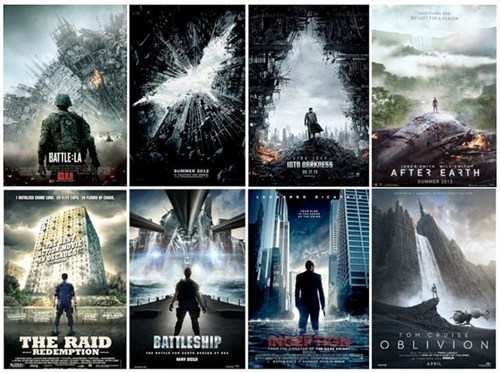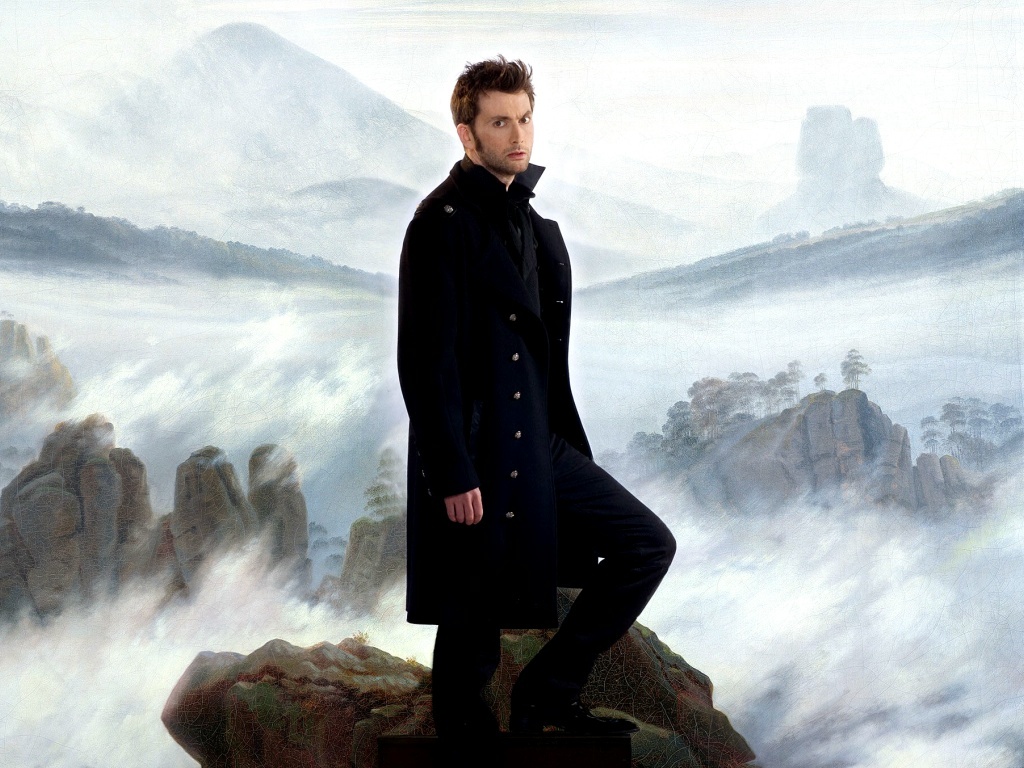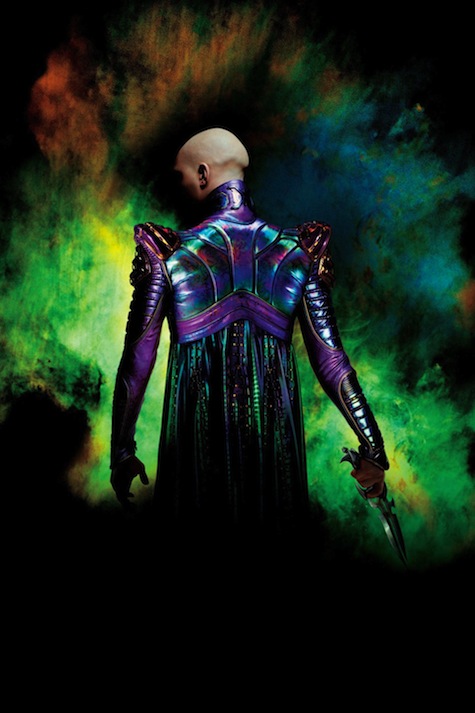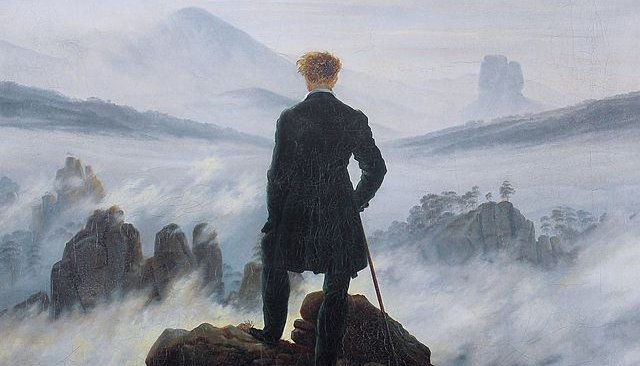Though I’ve been complaining lately about the stunning visual and thematic sameness of blockbuster films, I do like a lot of them. There’s no denying the emotionally effective manipulation of the BRAAAM! horns, nor the pitter-patter excitement we feel from the ominous, dark stakes they represent. But what of the ubiquitous imagery present in every single blockbuster movie poster? The lone figure standing on a precipice, overwhelmed with…the plot of the movie! Did terribly cynical corporate movie marketing people invent this hacky image? Nope. It comes to us from Caspar David Friedrich’s Wanderer above the Sea of Fog, a sick-ass oil painting from 1818.

Supposedly representing a Kantian state of self-reflection, this famous work is fantastically stirring. However, if this is Kantian (which his what Professor Michael Edward Gorra thinks) then which aspects of Kant’s philosophy are we dealing with? Is our lone ominous figure—whether he be from Inception or Star Trek Into Darkness—contemplating the Critique of Pure Reason? Or perhaps reflecting on The Beautiful & The Sublime? Well, if we do a little bit of time travel cross-application, I think if the lone figure in all the blockbuster movie versions of Wanderer above the Sea of Fog is meditating on anything written by Immanuel Kant, it’s probably the “categorical imperative,” found in his book, The Groundwork for the Metaphysics of Morals.
Briefly, the categorical imperative states: “Act only according to the maxim whereby you can, at the same time, will that it should become a universal law.” Whoa! That certainly describes the extreme nature of tons of the protagonists/antagonists of these various films. From Bane and Batman in The Dark Knight Rises to everyone in Inception, the idea of finding a universal truth and then applying it (sometimes forcefully) onto everyone seems to be exactly what’s at the core of all these movies.
Even reboots of classic characters don’t seem immune to the categorical assertion of the Wanderer above the Sea of Fog pose. When you check out Cumberbatch’s Sherlock, and David Tennant’s Hamlet it becomes fairly clear that the ominous character on a search for a universal truth might the most pervasively inescapable pop-storytelling theme of all. I mean, it’s not like Sherlock Holmes or Hamlet are philistines when it comes to the subjects of truth or universal truth. That’s kind of their jam.


What’s that you say? Maybe this image persists because it just looks cool? I would buy that, but only to a point. Aesthetics aren’t the same as superficiality. Whether we’re aware of it or not, this striking image evokes something, the same way the BRAAAM horns do. In all honesty, if it’s not strictly Kantian (which we’ll never really know, just because Friedrich and Kant are both German, I mean, whatever) then the image might have such powerful resonance simply because it depicts BIG STAKES. Or to put it another way: it implies the theme of inevitable change. The guy in the Friedrich painting has to come down from there at some point. The guy in the Battleship poster is going to have to do something about that alien thing in the water. Inception is going to need to figure out what the word “real” even means.
These decisions are what make big plots exciting. And the moment right before or right after those big decisions are made is when the audience—whether in a movie theater or art gallery—actually really cares and connects.
But the big question though still remains: Does Shinzon count?

(Thanks to cheezburger.com for bringing this to everyone’s attention. Also, Wikipedia.)
Ryan Britt is a staff writer for Tor.com.










